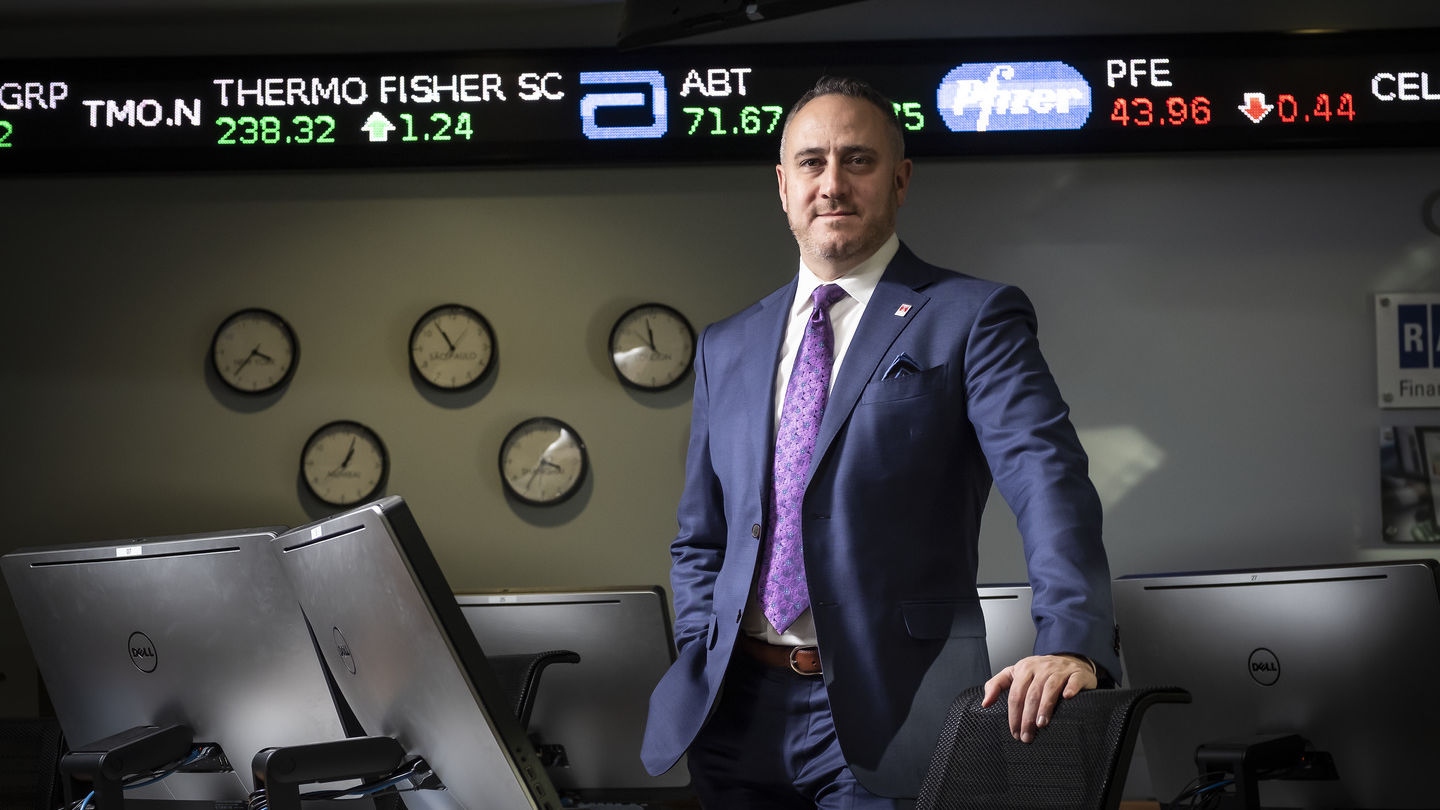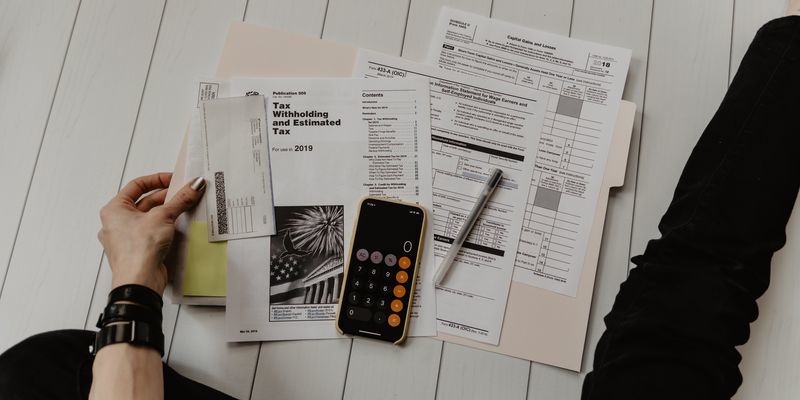NFTs, explained
NFTs are dominating discourse related to finance, cryptocurrency, art and digital media. Associate Professor Bora Ozkan explains more.

Intersecting the world of finance, cryptocurrency, art and digital media, NFTs are changing how we think about ownership. But many are wondering: How legitimate are they? While they’re praised for their potential to change how artists sell their work, they’re also criticized for their potential to be a scam, as well as their negative impact on the environment.
We spoke with Bora Ozkan, associate professor of finance, to learn more about what NFTs are, how they became so popular, why they’re important and what they’ll mean in the future.
Temple Now: NFTs entered the public consciousness suddenly last spring. All of a sudden everyone was talking about them, but they had already been in existence for a while. Can you explain a little about their history?
Bora Ozkan: It almost started as a joke. People basically said, “Alright, let’s create digital artwork, but create limited amounts of them and then sell it for a fee on the blockchain network, Ethereum.” So there became a demand for them and since the supply was limited, suddenly it became a speculation and people started buying it, so the prices skyrocketed. Celebrities looked into it, people like Jack Dorsey and Mark Cuban, and it became a craze. And people got into it, just like how they would buy bitcoin, in order to get some value return. They started investing in it because they believe the value is going to increase in the future.
It created a bubble, but there is a true value behind it. Some people say they would never invest in it because it’s a bubble but my typical reasoning is: What makes the value of a Picasso that was sold for $100 million? What is the thing that makes it that valuable? Because it’s a rare item, you have the pride of ownership of a Picasso piece and you put it in your house. But a picture of that actual painting is available on the internet or someone could have a print copy and hang it on their wall as well. It’s the same idea. But the world is evolving. We are moving more into a digital world. We have a lot more digital items. When everything becomes digital, the value of a digital item is similar to the value of a tangible item, like a painting.
TN: It seems like you're saying that NFTs are only a scam inasmuch as art and most of the arbitrary creation of value in the tangible world is a scam.
BO: Exactly. The utility you get is actually worth it. In the case of an artwork, the utility you get is bragging rights, or ownership of a rare item. And it might increase in value in the future because more people will value it. That’s an investment strategy. If that is done right and knowingly, that makes a lot of sense. But if you don't know what you’re investing into, then that can create a Ponzi scheme.
TN: NFTs, and cryptocurrency in general, are often criticized for the amount of energy that it takes to approve the transactions on the blockchain, which is also called mining. Do you think that the NFT market will adapt to account for that criticism?
BO: Yes. Transaction approval on Ethereum, which is where most NFTs are hosted, will move away from proof of work to proof of stake. Proof of work is what we call mining, which is when someone approves a transaction by solving an algorithm. That is done by very high-powered computers that can run for hours and consume a huge amount of energy. There are actual digital farms with thousands of computers that are running constantly, around the clock, trying to solve those complex algorithms. With proof of stake, the transaction goes out for approval only to approved people who have a stake in Ethereum, which is a lot more energy efficient.
TN: Why is it important for people who might not be interested in finance or cryptocurrency or art to understand NFTs?
BO: It is going to become a part of everyday life, whether that is as a record of ownership in real estate or any item you may have. NFTs may be a part of diversifying your retirement portfolio as the world becomes more digital. NFTs can be used in gaming. You may get reward points on airlines or loyalty points for the car you drive in NFTs. Blockchain technology, which is a distributed ledger that hosts NFTs, is becoming more and more a part of our daily lives. All of these things are moving slowly, though.
TN: It seems like the NFT market is in a constant state of flux. When do you expect it to stabilize?
BO: As people become more educated and understand what they are getting into, the volatility and fluctuation of the price is going to level out. To me, NFTs have more value behind them than a speculative item like bitcoin because there is a utility you get from this intangible item.
TN: What do you expect the reputation and function of NFTs to be in five years?
BO: I think NFTs are going to become a lot more available in everything we do in daily life. There will be very valuable items, there will be the next digital Andy Warhol that you might want to buy and later sell because it creates a lot more value. It’s going to go into a lot of things that we do in our daily lives but the values are going to depend on how much value we put into them outside of speculation.
–Kiki Volkert


